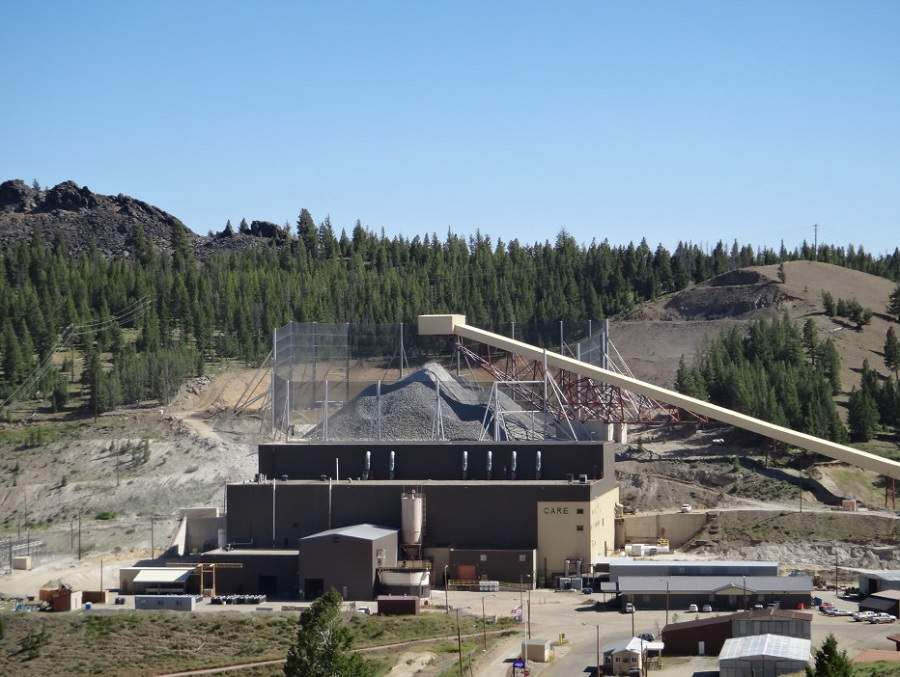
Wind causes erosion and transports dust, spray, and other pollution.
The effect of the wind varies according to the situation. For mechanical damage and loads, the driving force is windpower.
Windpower is what you feel when you try and stand up in a strong wind. Clearly, even a small reduction in windspeed is enough to cause a dramatic reduction in windpower.
With erosion, the effect is even more pronounced as dust transport is proportional to wind speed cubed, or windspeed x windspeed x windspeed.
Also called a wind fence or wind shelter, a windbreak can reduce windspeeds by over 50% of the incoming windspeed over large areas, and more than 80% over localized areas.
What does a wind fence do?
A wind fence slows the wind in one place by deflecting it to another. The best windbreaks produce a zone behind the windbreak which will have wind of about a quarter of the speed. For a 50ft (15.24m) high windbreak this zone will extend about 250ft (76m) downwind. From 250ft (76m) to 500ft (152m) the windspeed will increase up to about half that of the incoming wind. Beyond that windspeeds increase quickly.
Wind Fences
Windbreaks control the amount of “crashing down and in” by letting a little wind flow through. The wind flowing through holds the faster (deflected) wind away for a few hundred feet. This lets the winds merge together again more gently with less turbulence.
Wind Fence Systems
Well-designed windbreaks typically reduce fugitive dust to less than one-eighth of the unprotected situation. This is because erosion is proportional to windspeed cubed. In other words, a pile that was previously losing a ton of dust a month would be down to losing less than 250lb (113kg) per month.
Industrial Windbreaks are also used for:
- Erosion control
- Reduction of wind loads on sensitive components
- Privacy screens
- Debris and garbage collection
- Control of waves and turbulence on ponds
- Snow deflection and control
- Fencing

